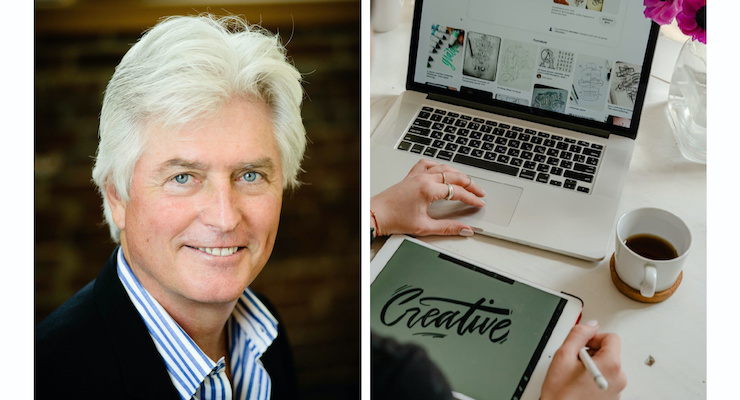Jamie Matusow, Editor-in-Chief12.21.20
Bryce G. Rutter, Ph.D. and Founder & CEO of Metaphase Design Group Inc., always has an interesting perspective when it comes to designing packaging that (literally) connects products with consumers—from applicators to cartons.
Beauty Packaging reached out to Rutter, for his thoughts on how Covid has influenced consumers’ expectations, and what packaging characteristics they may be looking for now and post-Covid.
Bryce Rutter tells Beauty Packaging:
I see two factors that can reinvigorate packaging innovation in the beauty industry going forward. First and foremost, for the foreseeable future Covid has changed our lives and how we think about the things we handle and touch to our face, in particular to our eyes and mouth.So I think the first opportunity for innovation will be for brands to reinterpret large dosing packages into single-use unit dose disposables that possess the same emotional and visual excitement as current hard reusable packaging. This design strategy eliminates the potential for cross-contamination, not unlike the design strategy we have been effectively using in the design of hospital disposables for decades.
The second opportunity to reinvigorate packaging innovation in the beauty industry will be to bring the same level of design fidelity to the entire user experience (UX) that we see in other fast-moving markets such as consumer electronics.
In this case effective UX design means each and every touch point in the product ecosystem is purposely designed in a way to elicit the most effective user behavior and to project the most enjoyable user experience. The primary drivers include how a product feels, haptic signature… Does it feel exotic and luxurious or cheap?
Its visual signature, how it looks and how it makes the people feel when they see it…. Does it look stunning and inviting or dated and ugly?
And its acoustic signature, how it sounds when in use. Does it sound cheap or expensive?...
These three sensory modalities fundamentally shape the UX for any product—from the applicator and compact design, to the packaging it comes in, through to all digital footprints in apps, web portals, services and websites. This holistic design strategy presents an opportunity to fundamentally change the rules of engagement with consumers.




























